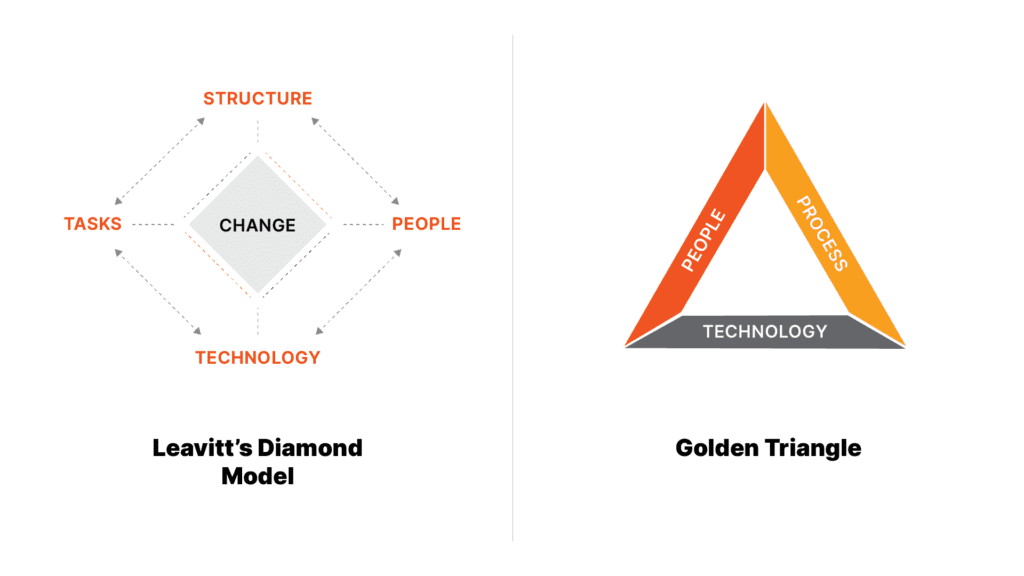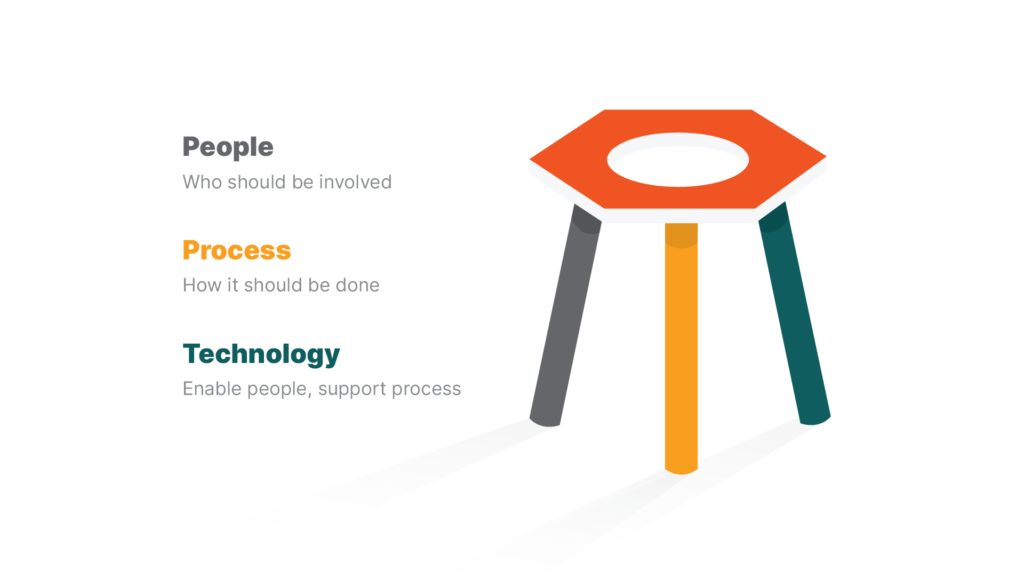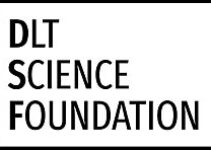Whether they realize it or not, most contractors are unknowingly practicing workforce management (WFM) and often on a spreadsheet, whiteboard, home-grown system, or even on paper. This misuse of workforce management has created an industry-wide gap.
For WFM to be properly put into practice, it’s important to have the correct business management model in place. What’s the foundation for WFM? The People, Process, Technology Framework (also known as PPT).

People, Process, Technology: A Brief History
In 1964, Dr. Harold Leavitt, an American psychologist of management, developed a business management model called Leavitt’s Diamond Model. This was made up of four aspects: people, tasks, structure and technology. Over time, Leavitt’s Diamond was reimagined into people, process and technology (PPT), often as a Venn diagram or ‘golden’ triangle that combined tasks and structure into process.
Discover how Procore can help bridge your workforce management gap with people, process and technology.
In the 1990s, a security technologist named Bruce Schneier championed PPT, turning it into a business practice “near-mantra.” Sometimes referred to as a “three-legged stool,” the people, process, technology model continues to be an important framework of effective organizational management to this day.

The Three-Legged Stool
The People, Process, Technology model can be thought of as a three-legged stool. If one leg is taller, shorter or nonexistent, the entire stool will tip over. Thus, it’s crucial for each leg’s function to be robust and well-executed. This starts by understanding each leg and how they work together to support successful WFM.
People – Who should be involved
People are central to business and construction operations. Without people, nothing gets accomplished.
Process – How it should be done
Standardized processes create predictability and efficiency. Progress is obstructed without process.
Technology – Enable people, support process
The tool must fit the task. Technology should simplify processes and amplify effectiveness.
WFM PPT Framework: The Recipe for Success
It’s critical to utilize all aspects of the three-legged stool in order to be successful in the implementation of WFM. Those legs are each important in their own right, but when interconnected, can complement each other to create a symbiotic method of business management.
No doubt a tool like LaborChart helps us meet our client needs because we’re people, and at the end of the day it takes people to operate and run buildings and generate that client experience that we give.
– Kenneth Bonin, Director of Construction Operations, McCownGordon Construction
People are central to the business and are the ones moving from one project to the next. The cost of these assets and their movement is still the greatest unknown on projects when WFM is absent. Labor managers are directly contributing to WFM and see the positive impacts it creates, but the benefits help shape the entire organization from the top down, creating responsibility, accountability and feasibility across the board.
Process is Another Critical Factor
Process creates predictability and rhythm within an organization. WFM means those processes can be recorded and shared by all necessary personnel. When processes are standardized, the right way is then identified making improvement feasible and success predictable.
What most companies don’t do when they implement a new technology is look at processes that could go away. In order to create a new process, we need to find two processes that can go away.
– Rick Morris, Owner, RT Consulting
Technology can make or break your organization. Without it, people become exhausted and processes are inefficient or nonexistent. With the correct technology, your people will be equipped to streamline processes without being overwhelmed. Cloud-based WFM is a great way for technology to enable your people and support your processes.
Bringing a people, process, technology approach to WFM can take you from fragmented and reactionary to consolidated and aligned.


